The deadlift, known as the health lift in Victorian times, is arguably the best muscle and strength building exercise around. The squat is often lauded as being the king of exercises but there is a strong argument for awarding that crown to the deadlift as it offers several benefits and advantages over the squat…
-
The deadlift can be safely performed alone – no need for spotters or a squat rack as you lift the bar from the floor can just drop it if you fail to complete a lift
-
The deadlift strongly involves the upper and lower body – it’s one of the best back builders around and also works your glutes and hamstrings hard. In fact, it’s hard to think of many muscles not involved in deadlifting
-
Heavy deadlifts will build a vice-like grip
-
Deadlifts teach you to lift heavy weights safely by using your legs and not just your back
-
Deadlifting heavy weights for low reps or moderate weights for higher reps is one of the most challenging yet satisfying workouts you can do!
Getting ready to deadlift
Theoretically, you can deadlift just about anything but for instructional purposes, we will be focusing on the barbell deadlift. To make the exercise as safe as possible, you will need to raise your barbell so that it is about 23 centimeters (9 inches) off the floor. You can either place it on a couple of sturdy boxes, some stacked weight plates or use Olympic sized lightweight training plates to achieve this. Once you are strong enough, you can simply use 20kg (45 pound) weight plates on the bar as these are the correct height. While you can deadlift with the bar closer to the ground, this is not recommended as for most lifters this encourages a rounded lower back.
So with your barbell raised as described above, stand in the middle of the bar. Move your feet so that they are around hip-width apart. Keep your feet parallel or, if preferred, turn them very slightly outward. The bar should be directly over the middle of your foot and around two inches from your shins. Lift your chest, arch your back slightly and pull your shoulders down and back. Remember this position as it is vital for successful deadlifting.
Lean forward and grasp the bar with a shoulder-width overhand grip. This means your palms should be facing your legs. You can also use a mixed grip where one hand is turned away from you. A wider grip is not recommended as it merely increases the distance you have to lift the weight. Wrap your hands tightly around your bar and put your thumb on top of your first two fingers. This reinforces your grip and prevents slippage. If you have sweaty hands, consider using some chalk as a grip aid.
With straight arms, lift your chest, arch your lower back, pull your shoulders down and back and lower your hips below shoulder-height. Angle your head so that you are looking at the floor around three meters (10 feet) in front of you. Take a big lung full of air and get ready for blast-off. Take the slack out of the bar so that your entire body feels coiled like a spring ready to explode. Brace your abs and you are ready to go.
Without bending your arms, extend your knees and hips simultaneously. As you break the bar away from the floor, drive your hips forwards, continue extending your knees and stand up. It is essential that your hips do not rise faster than your shoulders. This increases the distance between the weight and your base of support which essentially places a greater load on your spine. Ideally, your shoulders should rise faster than your hips or, at the very least, the same speed. At the top of the movement make sure your knees are locked out and your hips extended. Pause for a second and admire the view!
Lowering the weight is easy enough as gravity is now your friend but it is essential you put the weight down with good technique to minimize your risk of injury. With your arms still straight, chest lifted and shoulders pulled down and back, push your hips back slightly and then bend your knees. Pushing your hips back first means the bar will miss your knees as you lower it to the ground. Control your descent but there is no need to go super-slow. Likewise, don’t merely drop it either. When the bar touches down, reset your grip and back position and then repeat. Perform a set of five and then rest. If everything went well, add some weight and perform another set of five. Continue adding weight until your form starts to deteriorate. When this happens, go back a step in weight and perform another set or two of five. Make a note of this weight and use it next time. Only increase the weight if you feel comfortable and your technique is solid. There is nothing wrong with staying with the same weight while you perfect your form.
Breathing
In general, you should inhale as lift the weight and then exhale as you lower it however, once the weight gets heavy and you are working in the lower rep ranges, you will find it necessary to breathe between reps. This breathing pattern increases intra abdominal pressure and lumbar support but also increases blood pressure. If you have any blood pressure issues, use lighter weights for this exercise and follow the inhale/raise, exhale/lower pattern of breathing.
Deadlift Faults Hopefully you will have just performed a perfect set of deadlifts however; you may have experienced one or more of the following problems. Correct these faults early on in your deadlifting career as once you get into bad habits, they can be tough to fix.
- Rounded lower back – remember to keep your chest up and shoulders back. Keep the weight close to you and do not let your hips rise faster than your shoulders. You may also benefit from some specific lower back strengthening exercises.
- Falling forwards during the lift – make sure your weight is on your heels and that you can wiggle your toes inside your shoes at all times. Try deadlifting in shoes with a lower heel or, if your gym allows it, in bare feet.
- Falling backward at the top of the lift – don’t lean back excessively at the top of the movement. Simply stand up straight with the weight held over your feet. No need to arch your back at the top.
So now you know how to deadlift properly and safely. Remember, use the same technique regardless of whether you are lifting dumbbells off the ground before doing a set of curls, picking your kids up for a cuddle or attempting to deadlift double your bodyweight! Deadlifts are, as well as being supreme strength and muscle builders, THE safest way to lift heavy weights.

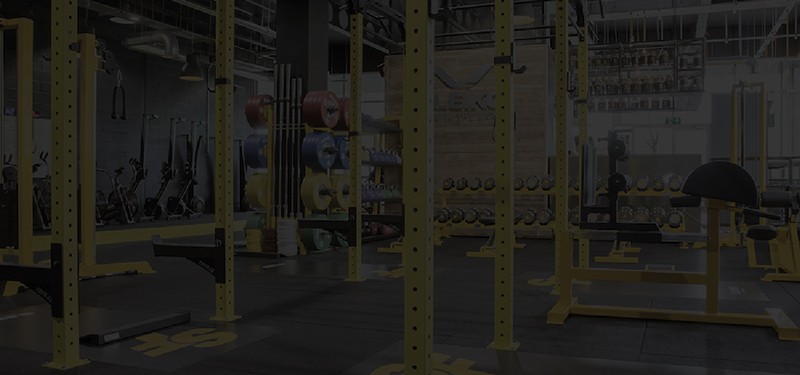
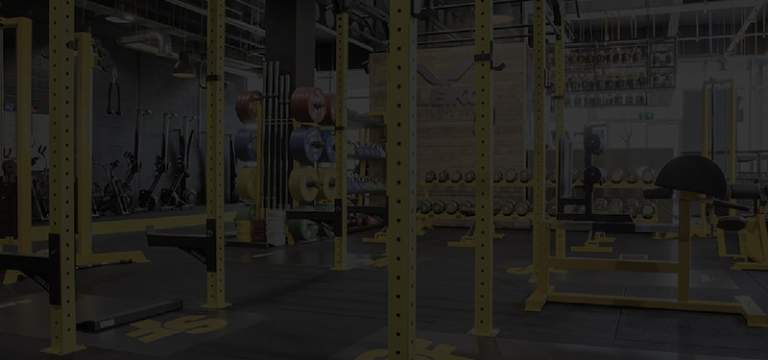
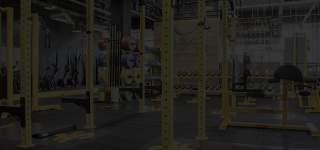
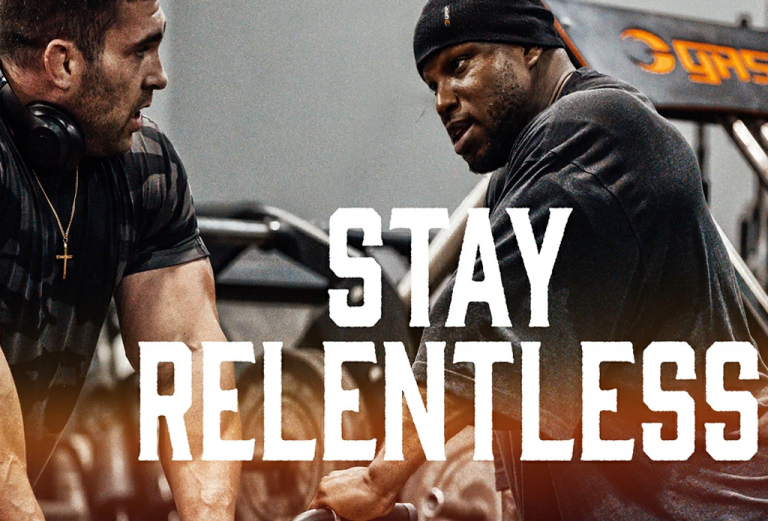
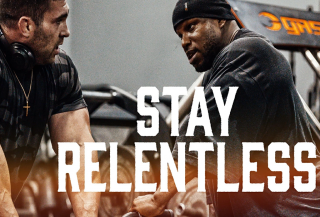
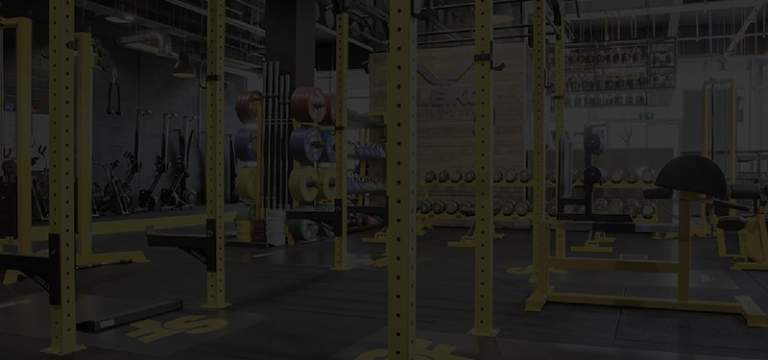
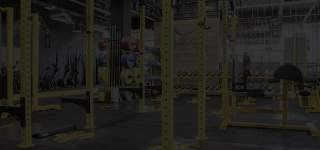
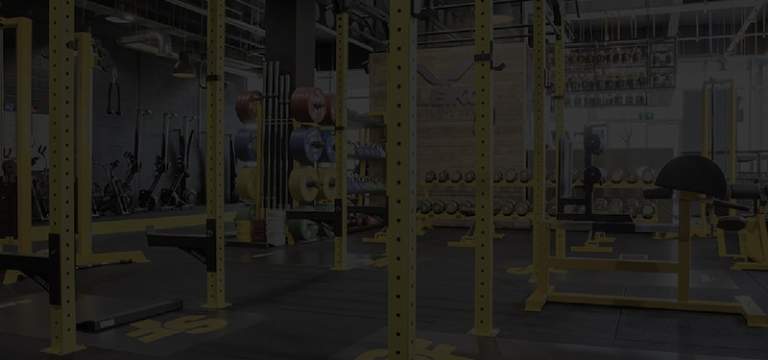
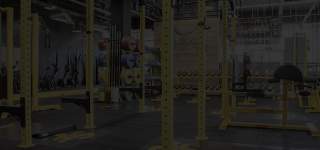
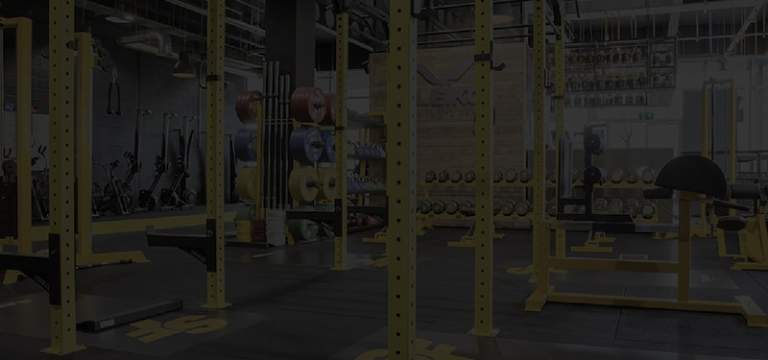
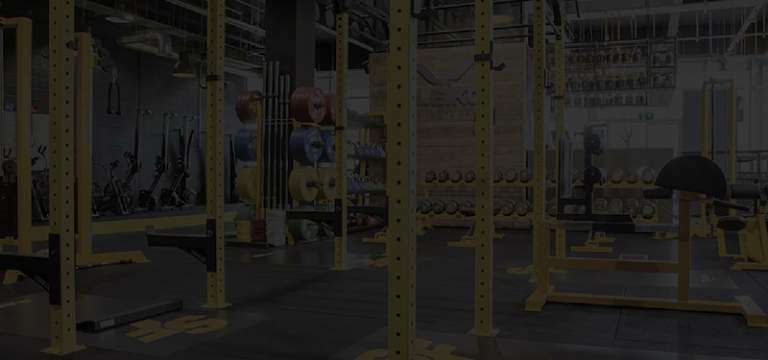
2 Comments
Comments are closed.